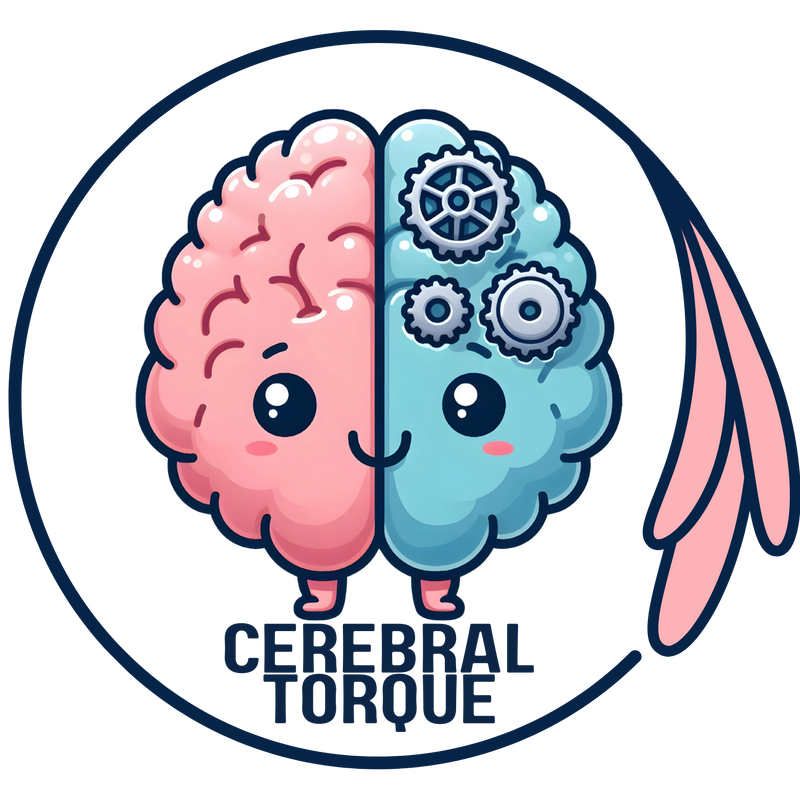Your Future Headache Specialist is Being Decided Right Now in Congress
Posted on July 01 2025,
How Graduate Student Loan Changes Will Transform Your Migraine Care Forever
Senate just voted on something that's going to change your healthcare for the next 30 years. It's not about insurance or drug prices - it's about who gets to become your doctor.
The Senate just passed the "One Big Beautiful Bill Act," and buried in its hundreds of pages is a change that will make medical school financially impossible for anyone who isn't already wealthy. This isn't some distant policy debate. This is about whether your future neurologist understands what it's like to choose between medication and groceries.
Back to the "Good Old Days" When Only Rich Kids Could Be Doctors
Here's what Congress just did: they capped federal student loans for medical school at $150,000-200,000 and completely eliminated Grad PLUS loans. Sounds like fiscal responsibility, right?
What Are Grad PLUS Loans?
Grad PLUS loans are federal loans that let graduate students (like medical students) borrow up to the full cost of their education, minus any other financial aid they receive. Unlike other federal loans that have borrowing limits, Grad PLUS loans cover whatever gap remains between tuition costs and other aid. For medical students, these loans often make the difference between being able to attend medical school or not, since they can borrow enough to cover both tuition and living expenses for four years.
The problem is that medical school costs $286,000 for public schools and $391,000 for private ones. The math doesn't work anymore.
We're going back to the 1950s model where medicine was a career only for people whose families could write a check for nearly half a million dollars. Back when your doctor was guaranteed to come from privilege and had never worried about money a day in their life.
The Real Story Behind Rising Costs
Debunking the "Loans Drive Up Tuition" Myth: AAMC analysis shows that after Grad PLUS loans were introduced in 2006, medical school tuition growth actually slowed compared to the previous four years. Since 2020, medical school tuition has grown slower than inflation, while living expenses increased faster than inflation.

The Numbers Don't Lie
Between a quarter and a third of current medical students already come from households in the top 5% of income earners in the country. This bill will push that number even higher. About half of all medical students currently need Grad PLUS loans - that's $2 billion annually that just disappeared.
What This Means for Your Migraine Care
Think about the last time you dealt with insurance denial for your migraine medication. Remember explaining to your doctor why you can't afford the $900-a-month Nurtec? Or fighting through prior authorization requirements while you're in pain?
Now imagine that conversation with a doctor who's never had to choose between medication and rent. Someone who's never had to explain to anyone why they can't afford the "better" treatment option. Someone whose family paid cash for medical school.
The doctors we're about to create have never lived in your world. They won't understand the real-world constraints that shape your healthcare decisions every day.
The Questions That Won't Get Asked
When your doctor has never worried about money, they don't think to ask:
- How much will this medication cost you out of pocket?
- Should we start the prior authorization process now to avoid delays?
- Do you need samples to get through the coverage gap?
- Is there a generic alternative that works nearly as well?
- How are you managing financially with chronic illness?
These questions come naturally to doctors who've lived these experiences. For wealthy doctors, they may be afterthoughts - if they come up at all.
The Diversity We're About to Lose
Right now, about half of medical students need the federal loans that Congress just eliminated. These aren't lazy kids looking for handouts - these are brilliant people who happen to come from families that don't have $400,000 lying around.
These are the future doctors who:
- Grew up in rural areas and planned to return to serve their communities
- Come from immigrant families and understand cultural barriers to care
- Have lived with chronic illness themselves and actually get what you're going through
- Know what it's like to ration medication because of cost
- Understand that "just try not to stress" isn't helpful advice when you're working three jobs
The Public Service Problem Gets Worse
The bill doesn't just gut Public Service Loan Forgiveness - it specifically targets medical residents. Currently, residency training counts toward the 10 years needed for loan forgiveness. The new bill eliminates this, meaning doctors would need to work 10 additional years after residency to qualify.
AAMC data shows 63% of graduating medical students plan to enter loan forgiveness programs, with 88% of those planning to use PSLF. Without loan forgiveness, future doctors will avoid low-paying specialties like primary care and underserved areas. Good luck finding a neurologist in rural America when medical school costs $400,000 and there's no help paying it back.
The Specialties That Will Disappear
Many medical students choose primary care or specialties like neurology partly because of loan forgiveness programs that help them serve underserved communities. The bill guts these programs too.
So not only are we limiting who can become doctors, we're making it financially impossible for them to work in the areas where we need them most.
What Happens to Migraine Care?
Neurology is already one of the most underserved specialties. When student loans require private financing at higher interest rates, fewer students will choose lower-paying specialties. The result:
- Longer wait times for specialist appointments
- Fewer doctors accepting Medicaid patients
- Less time spent on complex cases like vestibular migraine
- Higher costs as supply decreases
In 10-15 years, your migraine specialist will come from a completely different world than you. They'll have never experienced the healthcare system as a patient who struggles. Never had to advocate for themselves when dismissed.
The Medical Community is Fighting Back
This isn't just my opinion. The entire medical establishment is opposing these changes.
Who's Opposing the Loan Changes
The Association of American Medical Colleges (AAMC), the American Association of Colleges of Osteopathic Medicine, the American Medical Association (AMA), and dozens of other physician groups have all published statements and sent letters to Congress arguing that these changes will worsen the physician shortage and prevent people from lower-income backgrounds from pursuing medicine.
"Every aspiring physician deserves a fair chance at a medical education — no matter their economic background. Federal student aid programs like Grad PLUS loans and Public Service Loan Forgiveness help make that possible for nearly half of all medical students. Eliminating or restricting these critical programs would undermine the future physician workforce and ultimately make it harder for patients in communities nationwide to get the care they need." - AAMC President and CEO David J. Skorton, MD
When the entire medical education establishment is united in opposition, that should tell you something about how devastating these changes will be.
The Clock is Ticking
The House still has to vote on this bill. It could happen as early as this week, before July 4th. That means you have days, not weeks, to act.
What to Say
Your Call Script
Start with: "Hi, I'm calling as a constituent about H.R.1, the 'One Big Beautiful Bill Act.' I oppose the elimination of Grad PLUS loans and changes to Public Service Loan Forgiveness."
Make it personal: "As someone with [your condition], I've experienced how important it is to have doctors who understand real-world healthcare challenges. This bill will create a physician shortage and limit access to care."
End with: "Please vote NO on these provisions. My future healthcare depends on having doctors who understand my struggles."
Why This Works
Phone calls to D.C. offices get logged and counted. When staffers see high call volumes on specific issues, it influences how representatives vote. Your representative needs to hear that their constituents care about this issue.
Use their online contact forms if calling feels intimidating. Social media posts that tag them directly also get attention. The key is making contact and being specific about H.R.1.
The House vote could happen this week. Every day you wait is a day closer to locking in a healthcare system where only the wealthy can become doctors. Act now - your future healthcare depends on it.
In 10-15 years, your headache specialist will come from a completely different world than you.
Share This With Your Community
Every chronic pain patient, every person who's fought insurance denials, every family that's struggled with medical costs needs to understand what's happening. This affects all of us.
Share this with every migraine patient you know. Post it in your support groups. Send it to friends with chronic conditions. Time is running out, and we need every voice.
Your future doctor's understanding of your struggles is being decided right now. Make your voice heard.
Mon, Nov 17, 25
Migraine Research - During the week of my absence.
Migraine Research - During the week of my absence. The Association Between Insomnia and Migraine Disability and Quality of Life This study examined how insomnia severity relates to migraine disability...
Read MoreSat, Nov 01, 25
Anti-CGRP Monoclonal Antibody Migraine Treatment: Super-Responders and Absolute Responders and When to Expect Results
Anti-CGRP monoclonal antibodies achieved 70% super-response and 23% complete migraine freedom in a one-year study. Most dramatic improvements occurred after 6 months of treatment. For patients with chronic or high-frequency...
Read MoreAll Non-Invasive Neuromodulation Devices for Migraine Treatment
Wondering if migraine devices actually work? This guide breaks down the latest evidence on non-invasive neuromodulation devices like Cefaly, Nerivio, and gammaCore. Learn which devices have solid research backing them,...
Read More



